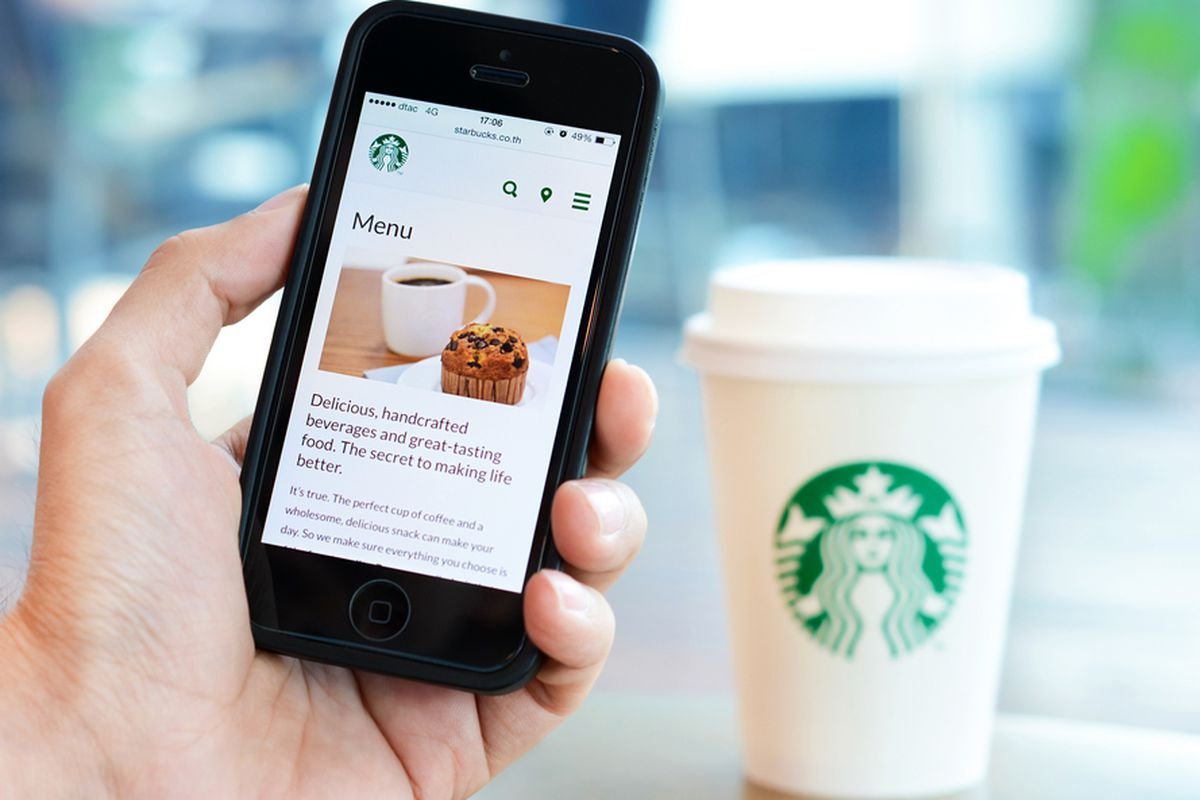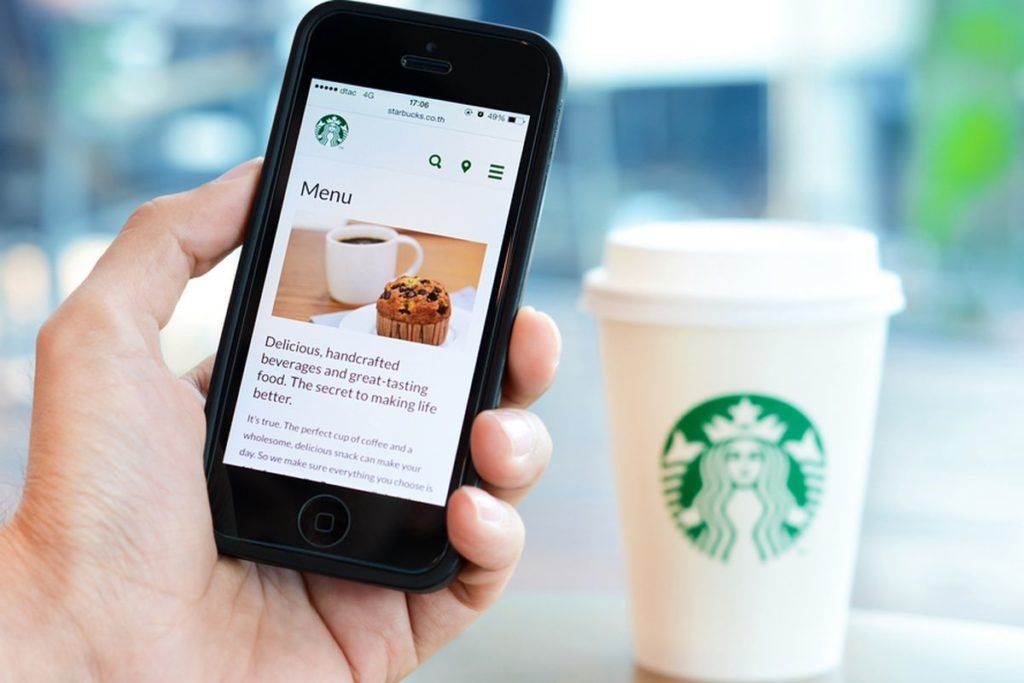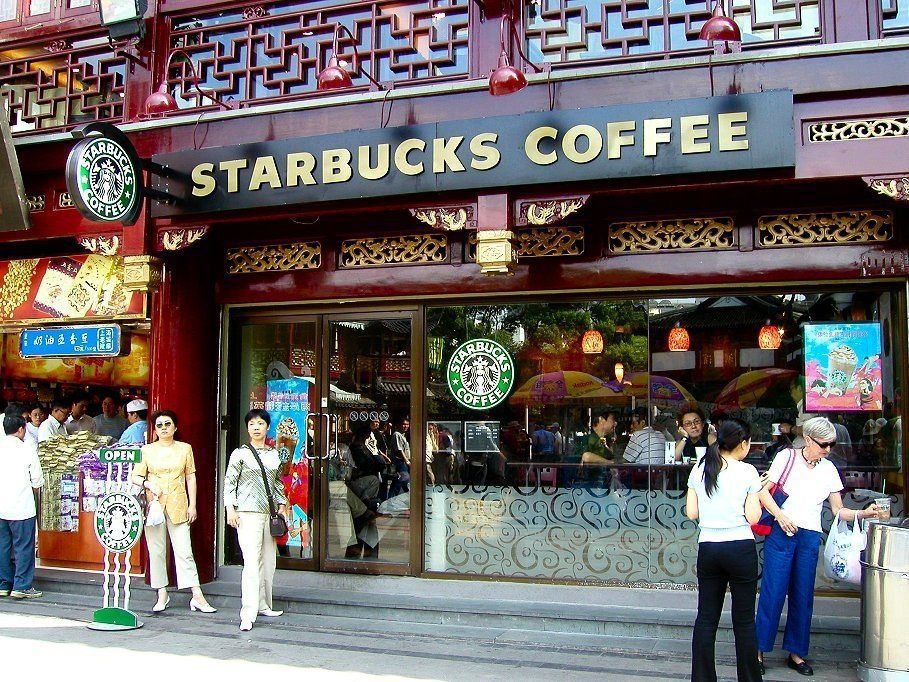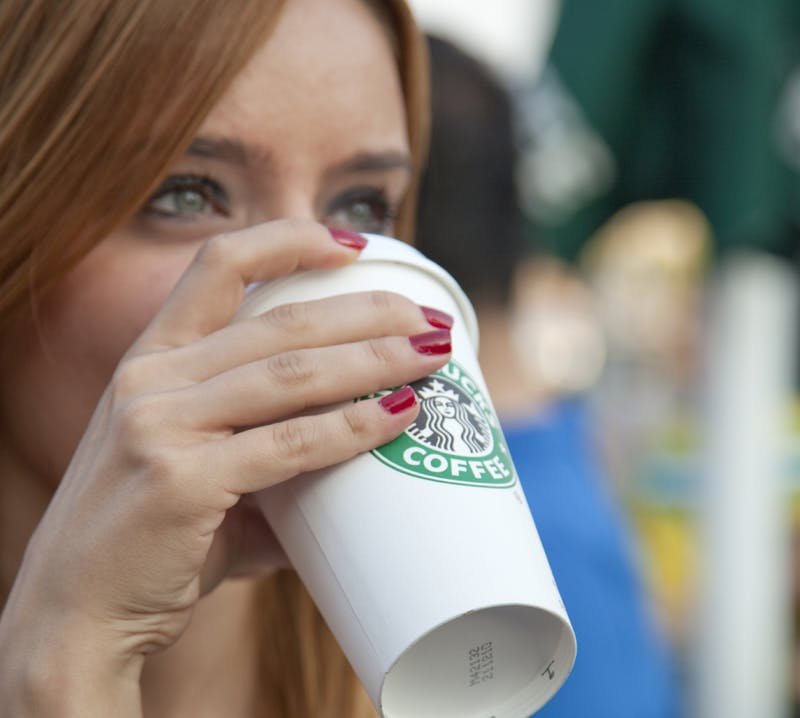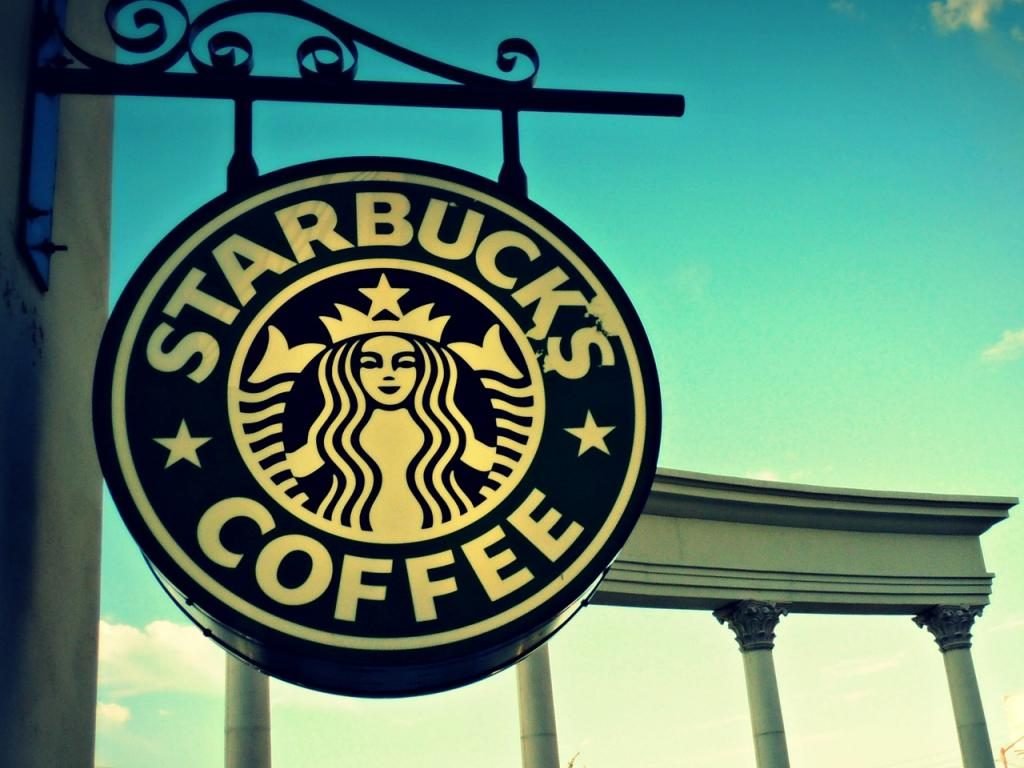The 2008 financial crisis on Starbucks was a pivotal moment for many businesses, including them. This blog post explores how Starbucks navigated the economic downturn, implemented innovative strategies, and adapted to changing consumer preferences. Lessons learned from this period highlight the importance of resilience, cost management, and corporate values. Discover how Starbucks turned challenges into opportunities for growth during one of the most significant economic disturbances in modern history.
The Brewing Storm: The 2008 Financial Crisis on Starbucks
The 2008 financial crisis represents one of the most significant economic downturns in modern history, precipitated by a cascade of events that began in the United States and quickly spread globally. At the heart of the crisis were the housing market bubble and the subsequent collapse of mortgage-backed securities, which significantly weakened the banking sector. Financial institutions, burdened with unsustainable debts, faced mounting pressures, leading to failures among prestigious firms such as Lehman Brothers in September 2008.
As the crisis unfolded, the repercussions on various sectors became evident. The retail and food services industries, in particular, faced immense challenges as consumer spending plummeted. According to the U.S. Bureau of Economic Analysis, personal consumption expenditures fell sharply during the latter half of 2008, impacting businesses reliant on discretionary spending, including cafes and restaurants. Many retailers were forced to adapt by reducing their workforce, closing stores, or filing for bankruptcy, illustrating just how reliant they were on a robust economy.
The coffee industry was not immune to these stresses. Starbucks, a prominent player in this sector, encountered significant challenges as consumer confidence waned. Reports indicated a notable drop in foot traffic and overall sales, with revenues seeing declines across many locations. The company faced the dual pressure of rising commodity prices and changing consumer preferences, complicating its attempts to maintain profitability. Nevertheless, the crisis presented a unique opportunity for innovation and strategic pivots, setting the stage for an analysis of Starbucks’ distinctive approach to resilience amidst adversity.
Starbucks’ Initial Response to the Crisis
As the 2008 financial crisis began to unfold, Starbucks faced significant challenges that prompted immediate and strategic action from its leadership. The prominence of the economic downturn required a reevaluation of its operations to maintain stability. Howard Schultz, the then-CEO, returned to the company in January 2008 with a renewed vision focused on revitalizing the brand while adapting to the changing economic landscape.
One of the primary measures taken was the implementation of cost-cutting strategies. Starbucks initiated a comprehensive review of its existing operations, identifying areas where expenses could reduced without compromising on quality. This included reducing the number of store openings—a decision that reflected a more cautious approach amidst uncertainty. Schultz emphasized the need to “take the time to refine and reinvent our model,” indicating a shift in management philosophy that prioritized resilience and sustainability over rapid expansion.
Further streamlining efforts were evident in the company’s decision to enhance employee training and improve service quality. By implementing rigorous operational evaluations, Starbucks aimed to ensure that its customer experience remained a cornerstone of its brand identity, even in tough financial times. The leadership believed that maintaining high standards would foster customer loyalty, which was crucial for navigating the crisis effectively.
Moreover, Starbucks began to pivot its product offerings to align better with customers’ changing preferences and economic realities. This included introducing more value-oriented menu items and optimizing supply chain logistics to reduce costs while keeping prices competitive. Schultz’s approach highlighted a commitment to innovation, capturing the sentiment that “the most important moments of change are often disguised as the most challenging.” Such insights drove governance decisions, illustrating a proactive mindset in a time of uncertainty.
Innovative Strategies: Adapting and Thriving
During the 2008 financial crisis, Starbucks faced significant challenges as consumers became increasingly budget-conscious. In response, the company employed innovative strategies that not only ensured its survival but also positioned it for future growth. One of the most notable approaches was the introduction of new product offerings tailored to meet the changing demands of its clientele. For instance, Starbucks expanded its beverage lineup to include more affordable options, such as its line of value-priced espresso drinks, which attracted cost-sensitive customers without compromising quality.
Additionally, marketing initiatives during this period were carefully crafted to emphasize value while maintaining the premium brand image Starbucks is known for. By implementing promotional campaigns that offered discounts and special offers, the company encouraged regular patronage among shoppers looking to make the most out of their budget. These initiatives were further complemented by targeted social media efforts, engaging customers through platforms like Facebook and Twitter, where Starbucks effectively communicated its brand message and responded to consumer feedback in real time.
Another critical aspect of Starbucks’ success during this era was the integration of technology into customer engagement tactics. The launch of the Starbucks mobile app marked a significant milestone, allowing customers to order ahead, pay in advance, and earn rewards through their purchases. This digital innovation not only streamlined the customer experience but also fostered loyalty among consumers who appreciated the convenience it afforded. Furthermore, Starbucks utilized data analytics to understand consumer behavior better, enabling the company to personalize marketing messages and recommendations.
In implementing these innovative strategies, Starbucks demonstrated adaptability and foresight, turning potential setbacks into opportunities for reinvention. By focusing on new product offerings, strategic marketing, and leveraging technology, Starbucks successfully navigated the turbulent waters of the financial crisis and emerged stronger than before.
Lessons Learned: Resilience and Future Outlook
Starbucks’ experience during the 2008 financial crisis serves as a valuable case study in corporate resilience and adaptability. The company’s strategic responses to the economic downturn highlighted several key lessons that not only helped them navigate a turbulent financial landscape but also laid the groundwork for their ongoing success. One of the most significant lessons learned was the importance of a robust financial strategy. By focusing on cost management, liquidity, and efficient operations, Starbucks was able to weather the storm and emerge as a stronger entity. This reinforced the necessity for companies to evaluate their financial health regularly and prepare for unforeseen challenges.
Additionally, the crisis underscored the need for innovation. Starbucks invested in enhancing its customer experience, which involved not only improving product offerings but also streamlining operations. This commitment to innovation has continued to play a pivotal role in the company’s strategy, as they frequently analyze market trends and customer preferences to inform their decisions. This adaptability has allowed Starbucks to stay competitive in an increasingly dynamic market.
Furthermore, a focus on corporate values emerged as a guiding principle during the crisis, as Starbucks leaned into its commitment to social responsibility and sustainability. By emphasizing ethical sourcing and community engagement, the company strengthened its brand loyalty. This approach not only reinforced customer relationships but also attracted new clientele who resonate with the company’s mission. Today, Starbucks continues to uphold these principles, ensuring they remain integral to their business practices.
In conclusion, the lessons learned from the 2008 financial crisis have significantly shaped Starbucks’ long-term resilience and adaptability. The company has cultivated a forward-thinking mindset, continually refining its strategies to mitigate risks and navigate future market challenges. By maintaining a focus on financial health, innovation, and corporate values, Starbucks is well-positioned for sustained growth in an ever-evolving industry.



